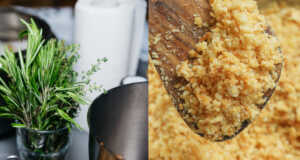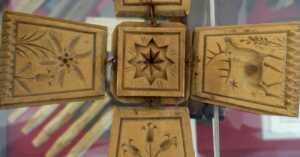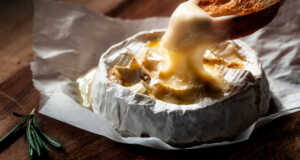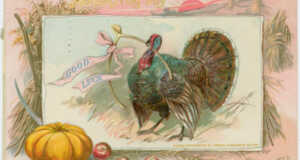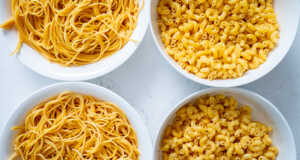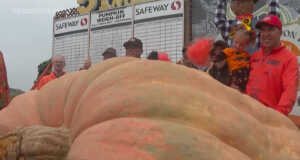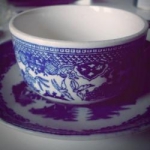If you’ve got a lot of blue and white dishes at home, but don’t know how to tell them apart then you are not alone. A lot of people get hand-me-down blue dishes from family members when they pass away. Or perhaps you’ve picked up a few pieces here and there at yard sales just because they looked nice. But, not all blue and white china is from the same era.

In the 1700s new methods for creating transfers on pottery revolutionized the pottery industry that had grown up in England. Previously all china designs had been painstakingly painted by hand before the final firing. But, with the increase in productivity, the cost of these pieces came down and the middle class could finally afford this style of china.
Some of the most collectible pieces date from the early 1800s, such a flow blue. Others look might look old, but are actually comparatively new. For anyone with a bunch of blue and white dishes it’s helpful to acquaint yourself with the different styles of pattern, varying maker’s marks, and a few of the most popular patterns.
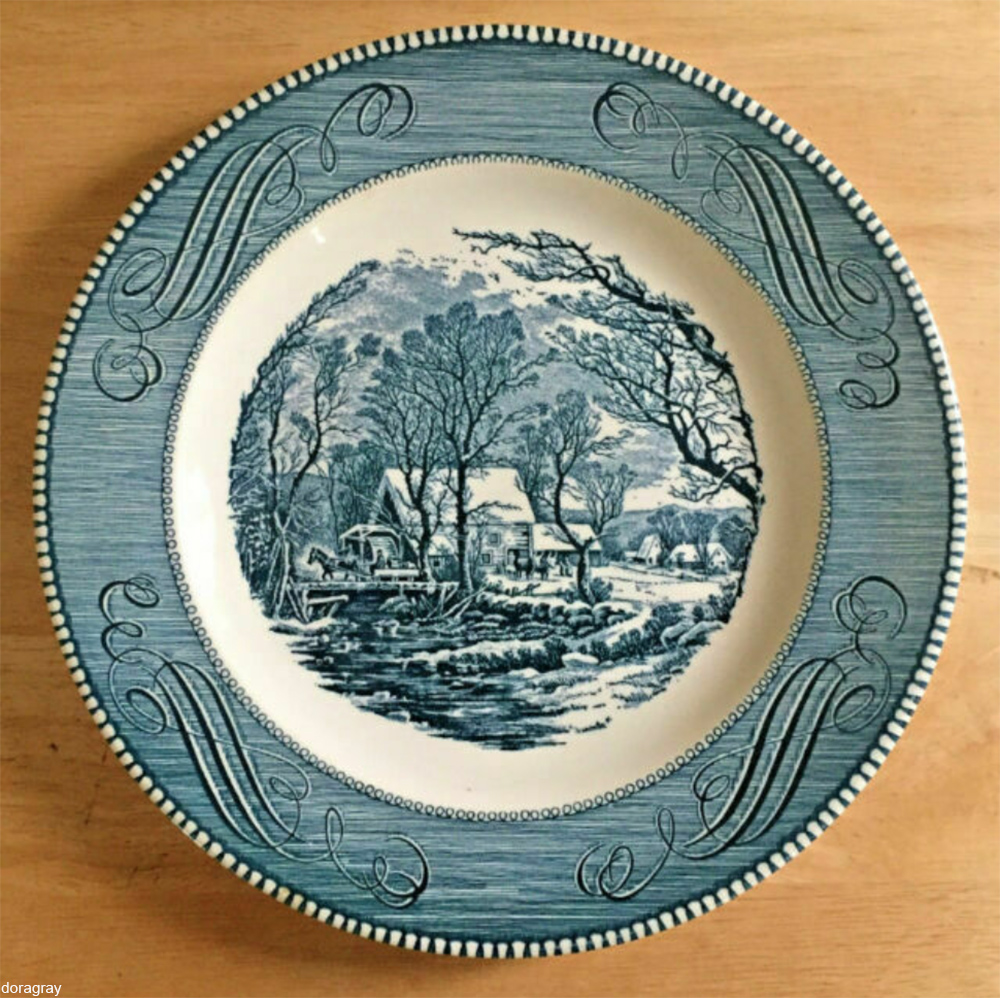
You can learn more by watching YouTuber, Professor Zolotoy, examine a few different types of blue and white transferware in the video below.
